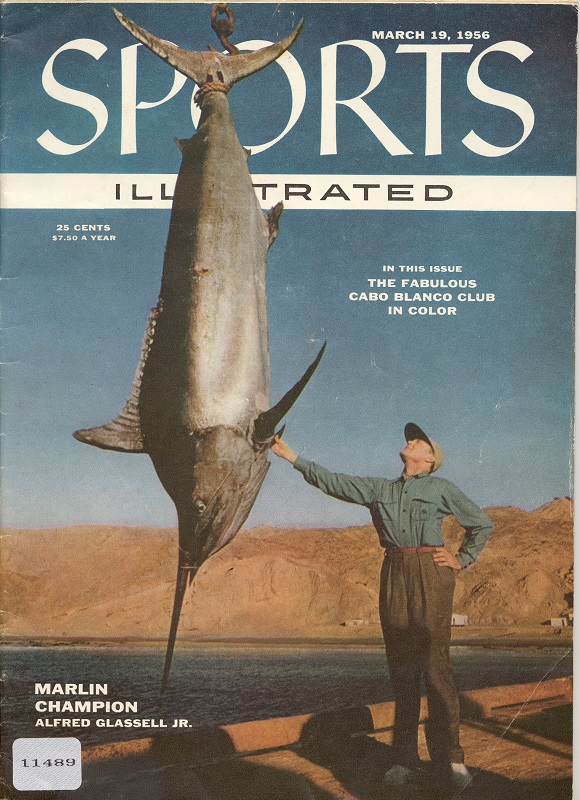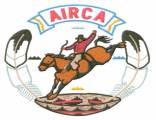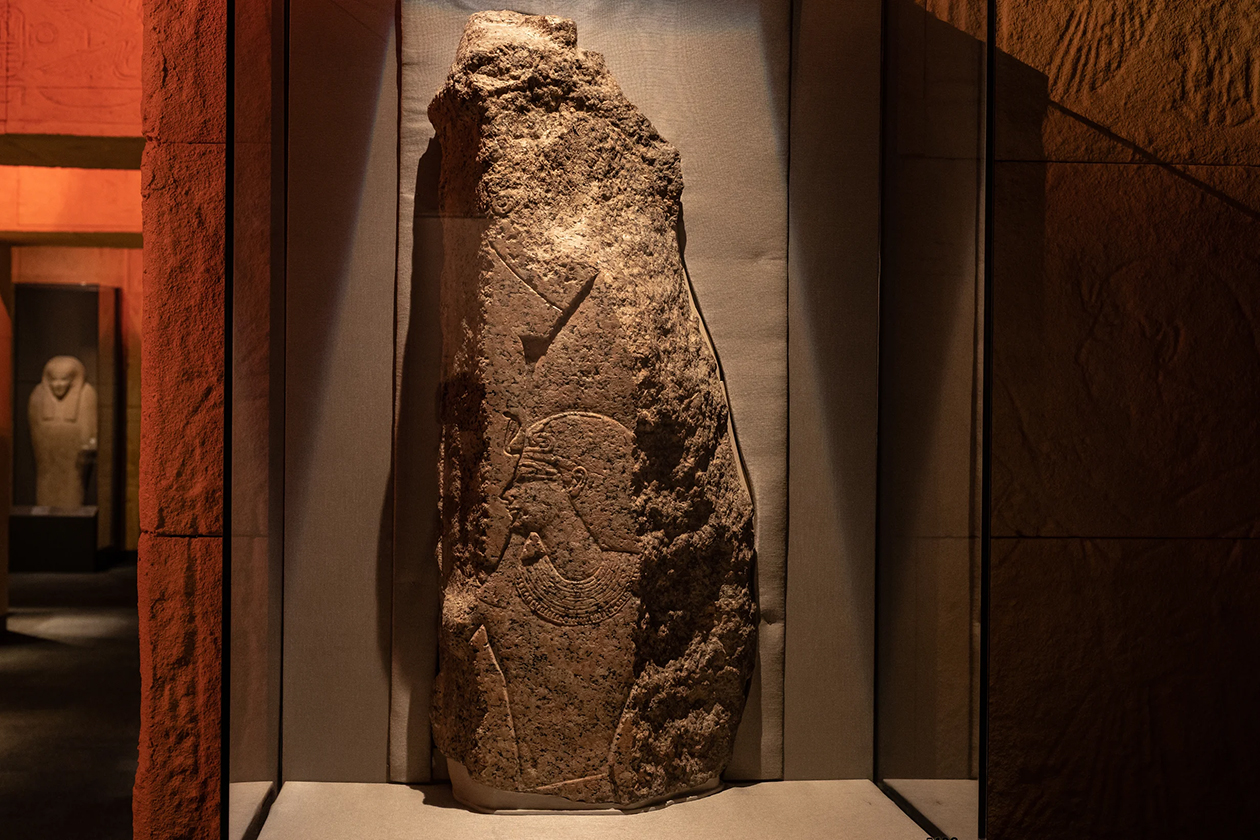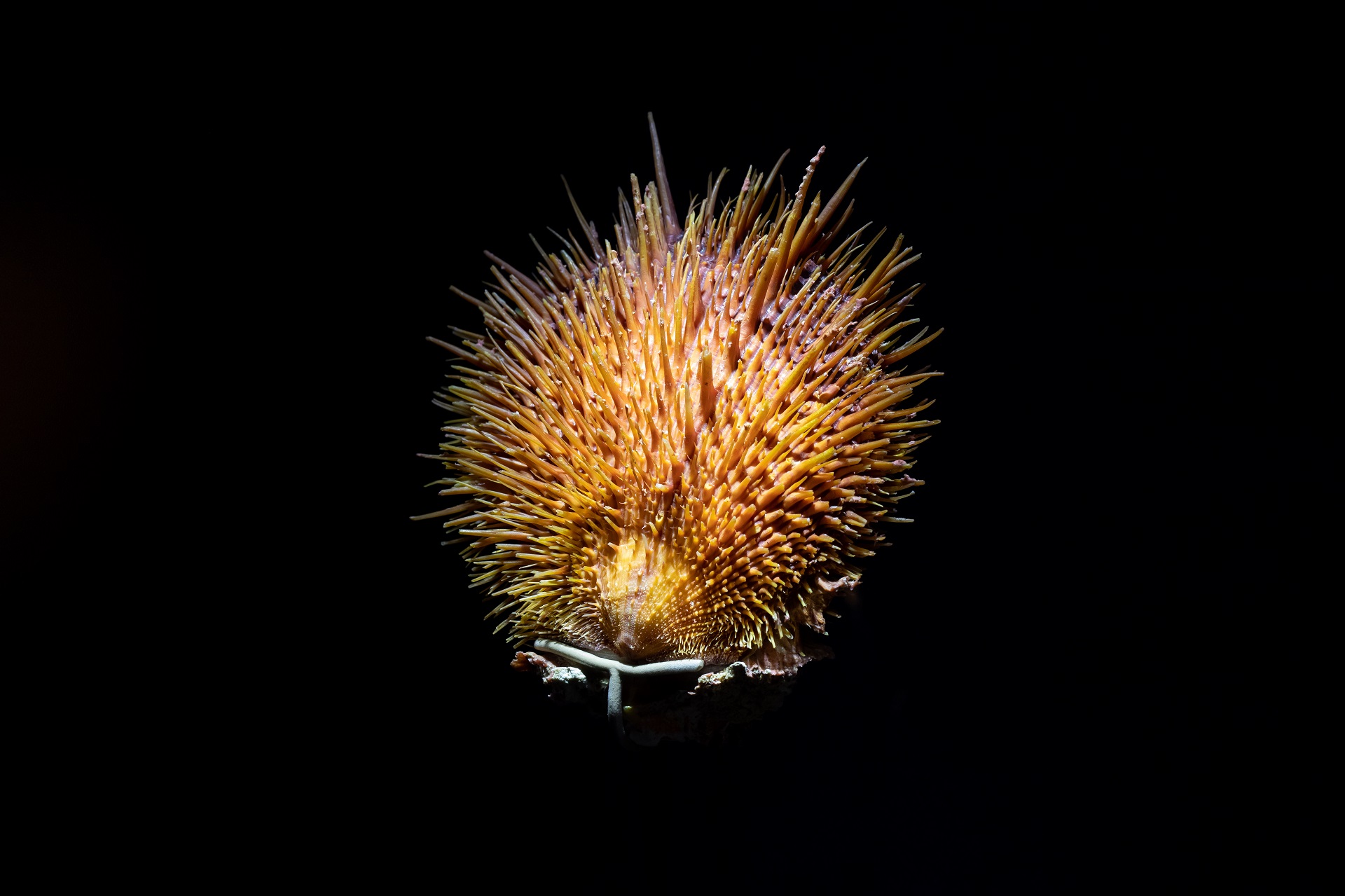I have two lives. At the Houston Museum of Natural Science, I’m a science blogger, but in my art life, I’m an aspiring novelist. Occasionally, I have the privilege of embarking on a literary pilgrimage to a city I’ve never been to, in the most recent case, Los Angeles, where I attended the AWP writer’s conference and met up with other writing friends from all over the U.S. I never expected my divergent lives of fact and fiction would meet, but in LA, they certainly did. Imagine a place chock-full of mind-blowing artifacts, not unlike HMNS, except as you move through the exhibits, you’re unsure of what’s real and what’s fake. That place is The Museum of Jurassic Technology.

Four of my friends, all writers, lined up for a Wes Anderson-style photo outside The Museum of Jurassic Technology in downtown Los Angeles. I’m behind the camera. The museum prohibits cell phones and photographs inside. From left, H. Tucker Rosebrock, Stephanie Rizzo, Breana Steele and Ben Hahn.
From the title alone, you know something’s a little off about this place, tucked into a re-purposed building along Venice Boulevard in the Palms District (aka Culver City). The museum’s double-edged mission is straightforward — it is, by its own definition, “an educational institution dedicated to the advancement of knowledge and the public appreciation of the Lower Jurassic.” Okay, but the Jurassic was an age of toothy theropods and bus-sized reptiles, of Allosaurus pitted against Stegosaurus, so what possible technology are we talking about — time travel?
But even the idea of jumping back to a different era doesn’t do the collection justice. This place is a collection of artifacts straight out of folklore, there before your very eyes: a display of a hairy horn collected from a human woman, an exhibit about bats that emit X-rays and fly through walls, and a history of trailer homes in which the dioramas match nothing in recent memory. This isn’t a journey back in time; it’s a trip to a parallel universe.
As you walk through the spaces and corridors, dimly lit like HMNS, and read about the artifacts on their text-heavy plaques, you begin to believe and doubt all at once. The language is scientific, dry and authoritative, but some of the texts and displays are far too outlandish to be of this reality. Yet seeing is believing, and many objects are in fact authentic. Take for example, the taxidermied bust of an American grey fox (Urocyon cinereoargenteus), built into a display that includes a recording of its “voice.” It’s obvious when you hear the accompanying track that it’s simply a recording of a man barking and snarling in falsetto, and the exhibit hints at this unreality. When viewed at the right angle, a tiny three-dimensional hologram of a person, the kind you’ll find in the Wiess Energy Hall displays, appears “inside” the fox’s head. The fox is real, as is its taxonomy, but everything about its voice is faked!

This monograph on the MJT by Lawrence Weschler provides a look inside the mind of David Wilson, the MacArthur fellow who invented the museum.
As you continue moving through the museum, you notice snippets of reality, but the inventions begin to wear on you, as well. You’ll read something you can recall from a historical text you read at the library or that article you pulled up on the internet the other day, and recognize it as information, but as the explanation continues, you reach a point where the reality you knew doesn’t exist anymore, and you are beset with an assured feeling that, “Wait… This can’t be right.”
The accomplishment of this museum, the brainchild of MacArthur fellow David Hildebrand Wilson, is to offer an experience that examines the way museums work in the mind. The language on display cases, that authoritative tone coupled with heaps of factoids, seduces the viewer to trust what is written. Vetted institutions like HMNS have earned the trust of our guests by working with scientists who provide verifiable data to back up our information, but it wasn’t always so. At its most basic, any museum is a carefully-designed walk through a maze of scientific facts, a sort of science journal using objects. In many respects, touring the HMNS is the same as reading a book on natural science, but here you see the science with your own eyes. You come in a student and leave enlightened, as long as you trust what you see, hear and read.

The catalogue published by the MJTs Board of Trustees by a fictional press, “The Society for the Diffusion of Useful Information.”
From this perspective, the MJT is roughly the same as reading a book of a slightly different history from our own, an unconventional novel of objects that exists in the minds of the artists involved and the guests who experience the museum. You go in expecting to learn something new, and you do, but not about science. Instead, you learn about storytelling, the absorption of information and the power of the human imagination. You learn how much you trust what you read in a museum, and why shouldn’t you? Modern museums work to maintain a paragon of proven science. Yet it’s a haunting feeling to be “led always from familiar objects toward the unfamiliar; guided along, as it were, a chain of flowers into the mysteries of life,” one of the pet quotes of the MJT. Like reading a novel, you begin with a kernel of truth, but that truth is quickly muddied with layer upon layer of invention.
Excited to learn as much as I could about this strange place, I made contact with Wilson himself, who agreed to an interview to unpack the theories that make his museum possible. Inspired by the ethos of the German documentarian Werner Herzog, whose prolific filmmaking career began in the 1960s, Wilson built the MJT with a similar affect in mind, something Herzog calls “the ecstatic truth.”
“There is a truth that exists that is beyond a three-dimensional truth, a more complex truth that is verifiability,” Wilson said. ” … Ecstatic truth is the truth of the imagination. Making too hard a distinction between that kind of truth and what oftentimes passes for truth is maybe not the most productive effort for the (human) species. The merging of these things is enormously valuable.”
Wilson’s collaborators, the employees of the museum who contribute their own work to the collection (and incidentally don’t consider themselves artists), are disinterested in making the distinction between what is “true” and what is “false.” Instead, they are “drawn to kinds of knowledge that are essentially on the periphery of believability,” he said.
“The verifiability of the material presented in the exhibits, while it’s a perfectly legitimate approach (to understanding the work), is something that we at the museum literally never talk about,” Wilson said.
When the audience begins to loosen its grip on the importance of distinguishing fact from fiction, true imagination can take place, which is different for every individual. There’s an understanding reached that loosely involves history, but emphasizes creating an unsettling feeling of the kind of wonder you had back when you were a child.
“The thing we find is that we’re only doing the first part of the work, and the observer, the patron of the museum, is really doing an enormous amount of work. They take things that we put into the world, and in their minds essentially ‘create’ them,” Wilson said. “Like a Rorschach test, almost all the work we do, not by intention or design, seems open to multiple interpretations or ways of approaching it.”
The museum owes its look and feel to the era of the cabinet of curiosities, a cultural phenomenon with origins in the Renaissance that developed into the modern museum. Instead of art or books, collectors would assemble a host of objects that bore scientific or historical merit, and share with guests their discoveries, some of which were faked. One can imagine a layer of doubt blanketing the crowd, depending on how involved the explanation of the object and how far from the truth the curator wandered.

A replica narwhal tusk was the inspiration of some silliness for me as HMNS Marketing toured the cabinet collection last month.
At HMNS, we’re opening our own Cabinet of Curiosities Friday, April 29 in an homage to this era. Guests will be allowed to touch and manipulate the objects featured in the collection to learn both about natural science and the origins of the contemporary museum, and to feel the surge of inspiration and wonder the experience offers.
Next time you wander the halls of HMNS, and when you visit the Cabinet of Curiosities exhibit, remember there was once a time when dubious information was readily accepted — a magical epoch in which the human imagination was the sole tool in understanding our world and place in the universe. Then ask yourself the question, is that time now?









